#AANHPI
Text
…This is BEYOND infuriating.
Tl;dr: Scholastic offers to license an AANHPI* author’s book as part of a collection “Amplifying AANHPI Narratives”… but only if she removes the word “racism” from the foreword of a book describing it, or else they won’t pick the book up.
…Scholastic is very much the 900-pound gorilla in the YA-literature room, and Maggie Tokuda-Hall—having politely but forcefully declined (her letter to Scholastic is in her blog post)—is understandably terrified about what may now happen to her career. But I’ll tell you, this situation leaves me intent on running straight out and buying her book. And I very much hope this ugly stance blows up, big, in Scholastic’s corporate face.
*Asian American and Native Hawaiian/Pacific Islander
1K notes
·
View notes
Text

AANHPI Heritage Month ‧₊˚❀༉‧₊˚.
Asian American ‧ Native Hawaiian ‧ Pacific Islander
In the month of May we take time to reflect and celebrate the important role that Asian Americans, Native Hawaiians, and Pacific Islanders (AANHPIs) have played in the United States.
Real talk? For millions of us living here, every month is our "heritage month." However, May is just when we make everyone else celebrate -- or at least pretend to care.
So go forth and heritage it up, in any way you see fit. Connect with your ancestors. Educate yourself on our shared history. Support your favorite AANHPI business or discover a new one.
Let's all have a good month.
#ffxiv screenshots#ffxiv gpose#gposers#duskwight#elezen#AANHPI#AAPI#aanhpi heritage month#aapi heritage month#asian coded OCs#played by an angry salty Asian#yein my beloved#friday night thoughts#wanted to do something special to commemorate
93 notes
·
View notes
Text
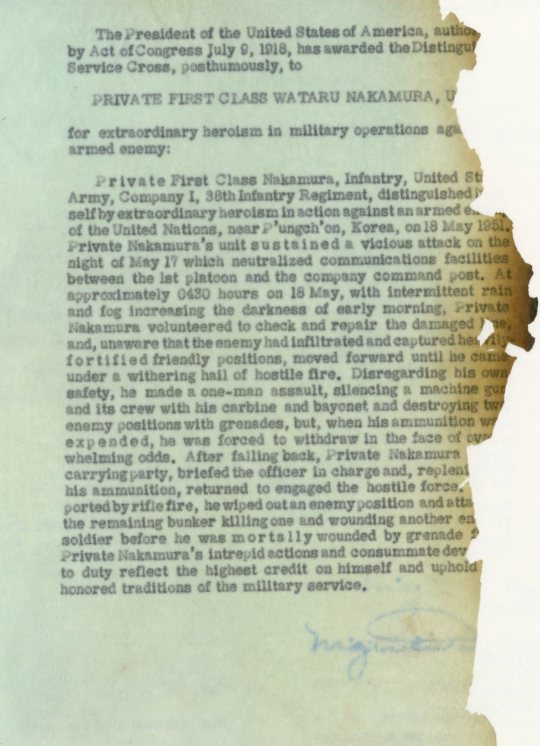
These documents belonged to Army Private First Class Wataru Nakamura, a Japanese American soldier who fought with the acclaimed 442nd Regimental Combat Team during World War II.
Nakamura enlisted in the Army from Camp Rohwer, a Japanese internment camp in Arkansas. Nakamura fought with distinction in #WWII, and later paid the ultimate sacrifice for his heroism in Korea. He was posthumously awarded the Distinguished Service Medal for his bravery.
Nakamura’s military personnel record is among those that were damaged and salvaged after the 1973 fire in St. Louis. After the dirt and debris from the fire were cleaned from these documents, technicians placed these pages in protective polyester sleeves.
64 notes
·
View notes
Text
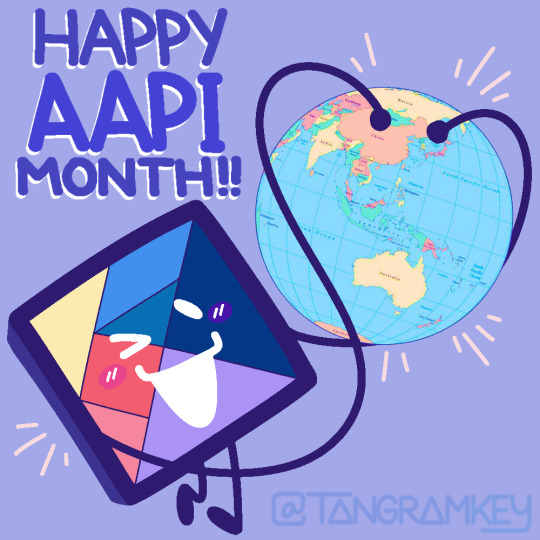
Happy Asian American and Pacific Islander Heritage Month !!!!!!!
#tangramy#tangram#aapi#stop aapi hate#aapi representation#aanhpi month#aanhpi#asian american and pacific islander heritage month#asian american#pacific islander#native hawaiian#object sona#osc#my art
35 notes
·
View notes
Photo

These images were taken in the Philippines during the Spanish-American War, likely shortly before the start of the Philippine-American War, in 1898-99. They are part of an album that documents the experiences of Frank Freeman Atkinson, Sergeant in Battery D, US Army.
The Philippine-American War broke out when the United States annexed the Philippines after the Spanish–American War, which began when the Philippines revolted against Spanish rule, rather than acknowledging the Philippines' declaration of independence. The war resulted in over 200,000 Filipino civilian deaths, mostly due to disease and famine. Some estimates go as high as one million civilian deaths. After several delays, the United States eventually granted full Philippine independence in 1946 through the Treaty of Manila.
#AANHPI Month#AANHPI#AAPI Month#AAPI#Philippines#Filipino History#Philippine History#War#Photography#1890s#Libraries#Librarian
94 notes
·
View notes
Text


Descendants of the First Seafarers
Some of the ancestors of the native peoples of Madagascar, Malaysia, Indonesia, and the Pacific Islands (Micronesia, Melanesia, Polynesia) came from an ancient seaborne migration out of Taiwan and the Philippines (2200 BCE - 1250 CE). Cultural traditions still shared among these far-flung peoples today include tātau (tattoos), jade carving, stilt houses, and the cultivation of taro, pork, rice, coconuts, and yams.
#austronesian#pinoy#polynesian#melanesian#micronesian#aanhpi#maori#rapa nui#malagasy#oil on wood#tatau#pacific islander#size chart#gay art
15 notes
·
View notes
Photo
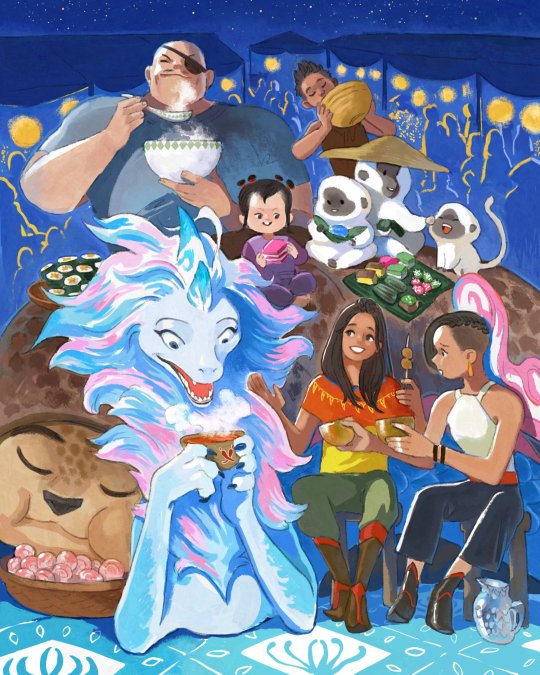
This artwork is made by madaoba, in partnership with Disney Plus officiaI, in celebration of Asian American Native Hawaiian Pacific Islander Heritage Month (which happens on the month of May every year). Full credits go to the artist madaoba. I do not own this artwork
The art looks really nice
#raya and the last dragon#raya#ratld#namaari#sisu#tuk tuk#tong#boun#noi#AANHPI#ongis#aanhpi heritage month#very nice artwork.#rayaari#rayamaari#raya x namaari#Namaari x Raya#ramaari#wlw#raymaari#poster#ships
288 notes
·
View notes
Photo
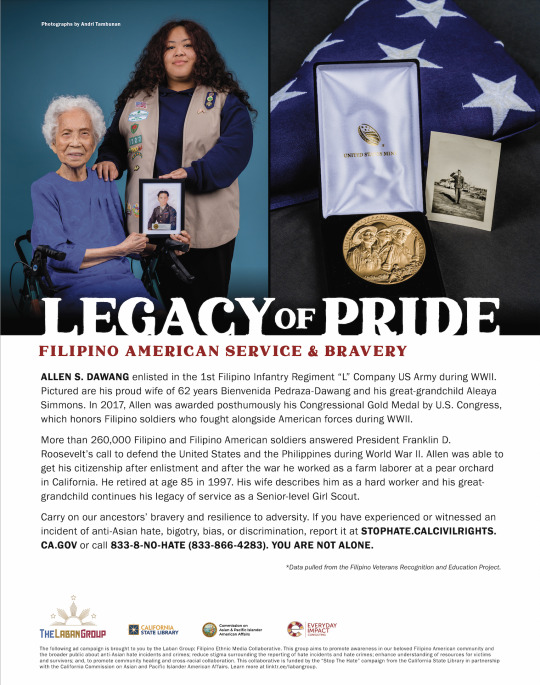
This May we celebrate Asian American and Native Hawaiian/Pacific Islander (AANHPI) Heritage Month, and we honor our veterans and ancestors who embody bravery and sacrifice. More than 260,000 Filipino and Filipino American soldiers answered President Franklin D. Roosevelt’s call to defend the United States and the Philippines during World War II.
ALLEN S. DAWANG enlisted in the 1st Filipino Infantry Regiment "L" Company US Army during WWII. Pictured are his proud wife of 62 years Bienvenida Pedraza-Dawang and his great-grandchild Aleaya Simmons.
In 2017, Allen was awarded posthumously his Congressional Gold Medal by U.S. Congress, given to all Filipino and American Soldiers who fought in the Philippines during World War II. While his descendants are able to preserve his legacy, many soldiers still haven't yet received their medals or have been recognized for their sacrifices.
Carry on our ancestors’ bravery and resilience to adversity. If you have experienced or witnessed an incident of anti-Asian hate, bigotry, bias, or discrimination, report it at STOPHATE.CALCIVILRIGHTS.CA.GOV or all 833-8-NO-HATE (833-866-4283). YOU ARE NOT ALONE.
*Data pulled from the Filipino Veterans Recognition and Education Project.
Ad campaign launched by the Laban Group a Filipino Ethnic Media Collaborative that promotes anti-Asian Hate awareness. View more about their work at linktr.ee/labangroup.
11 notes
·
View notes
Text
2 notes
·
View notes
Photo

One Day Asian Americans Playing Normal Roles In Movies Will Be A Regular Thing - Jason Park via FilmCourage.com.
#actors#film#asian american#media#movies#acting#cinema#actors on tumblr#artists on tumblr#filmmakers on tumblr#film and tv#AANHPI#AAPI#television
3 notes
·
View notes
Link
4 notes
·
View notes
Text
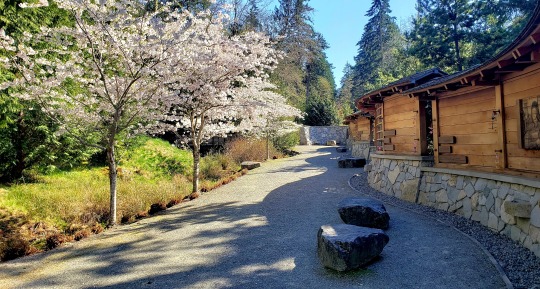
Asian Pacific American Heritage Month
After the attack on Pearl Harbor in 1941, President Roosevelt signed Executive Order 9066, allowing for the exclusion of Japanese Americans from any zone identified by the War Department. Bainbridge Island was the first exclusion area to be designated.
On March 30, 1942, the Japanese Americans living on Bainbridge Island were forced from their homes and boarded onto ferries leading to the internment camp in Manzanar, California. After the war ended, only about half of the Bainbridge Island Japanese Americans returned to their homes. They made a collective vow to honor and recognize the members of their community who spent part of their lives in American concentration camps because of their ancestry. Bainbridge Island Japanese American Exclusion Memorial is one vital piece to commemorating their stories.
Today, the pathway and ferry dock that led these individuals to their undue imprisonment serves as a tranquil site to reflect on their experience and join in the call of Nidoto Nai Yoni - “Let it Not Happen Again.”
Have you visited this NPS location or similar memorials? Why do you feel sites like this are important to protect?
NPS/C. Moriwaki Photo of memorial wall and pathway. ~mr
26 notes
·
View notes
Text
Healthy Consumption for the Mind, Body, and Soul
Capitalism always finds a way to win, whether we like it or not. Any exchange of dollars in a free market, even to a small local business right smack in your neighborhood, is participation in consumerism. There’s an ickiness to the notion of consumerism, let alone just typing it out or verbalizing it, right? Fortunately, it doesn’t have to be that way.
What we consume can benefit us in the best…

View On WordPress
#20s#aanhpi#acupuncture#ai#blessed#blog#book#books#breakfast#buffet#cinema#city#conscious#consume#consumerism#consumption#date#dear bella#decisions#diet#food#food porn#foodie#fruit#happiness#health#healthspo#healthy#hobbies#ice cream
2 notes
·
View notes
Photo

Princess Ka’iulani was the last heir apparent to the throne of the Hawaiian kingdom. Fun fact: the Princess was a prolific athlete and an avid surfer. Her surfboard is part of the collection of the Bishop Museum. This book about the princess was published in 1974.
16 notes
·
View notes
Photo
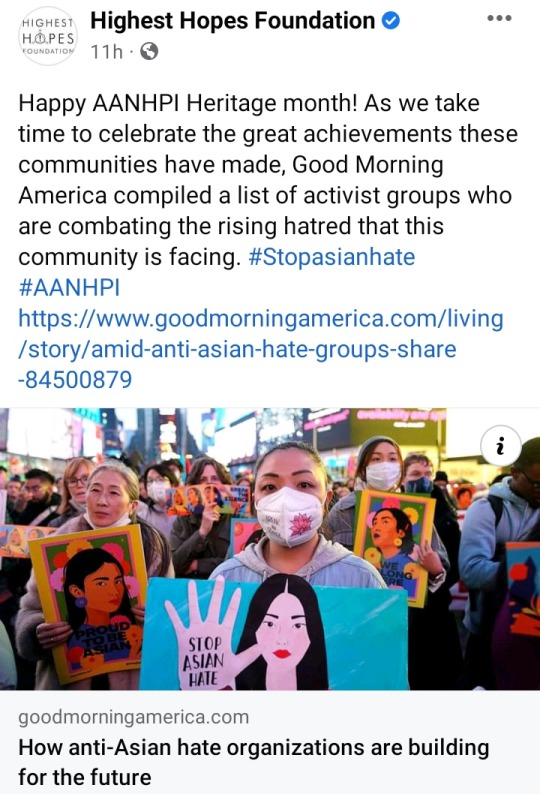
(via highesthopesfoundation)
6 notes
·
View notes
Photo


Japanese internees were not allowed to have cameras, but Toyo Miyatake built one from parts he brought with him.
Though Ansel Adams’s photos of Manzanar War Relocation Center — a Japanese Internment Camp — are well-known and widely shared, he was not the only photographer at the camp. Toyo Miyatake, an internee who had worked as a portrait photographer in Los Angeles, built his camera using a lens he smuggled into the camp and a body constructed from wood. He secretly took photos of the camp, primarily in early mornings or at mealtimes to avoid detection.
Eventually, he approached Manzanar’s project director and asked to serve as the official camp photographer. Because internees were not allowed cameras, Miyatake was allowed to set up the camera and frame the shot, but the shutter had to be pressed by a white person. However, this requirement was eventually lifted, and Miyatake was issued an ID badge as the official camp photographer. His equipment was sent to him from his Los Angeles studio, he was allowed to take photographs at will, and he began a longtime collaboration with photographer Ansel Adams, who visited and photographed the camp in 1943. They showed their photos in a joint exhibit after the war and subsequently published the book “Two Views of Manzanar” together.
Photographer Dorothea Lange, who is widely known for her Depression-era images, also visited and photographed Manzanar. Between the three photographers at Manzanar, Miyatake’s work is described as having “an intimacy with camp life absent in the pictures that Adams and Lange took” by NPR’s All Things Considered.
#Japanese Internment#Japanese History#California#History#Photography#AANHPI Month#AANHPI#AAPI Month#AAPI#Dorothea Lange#Ansel Adams
65 notes
·
View notes